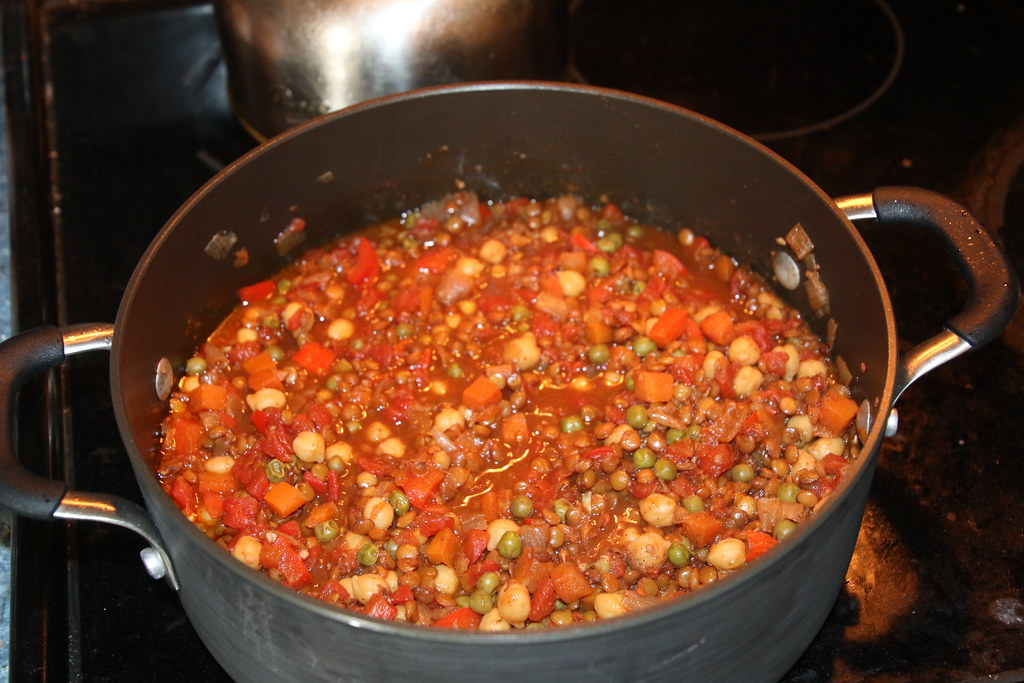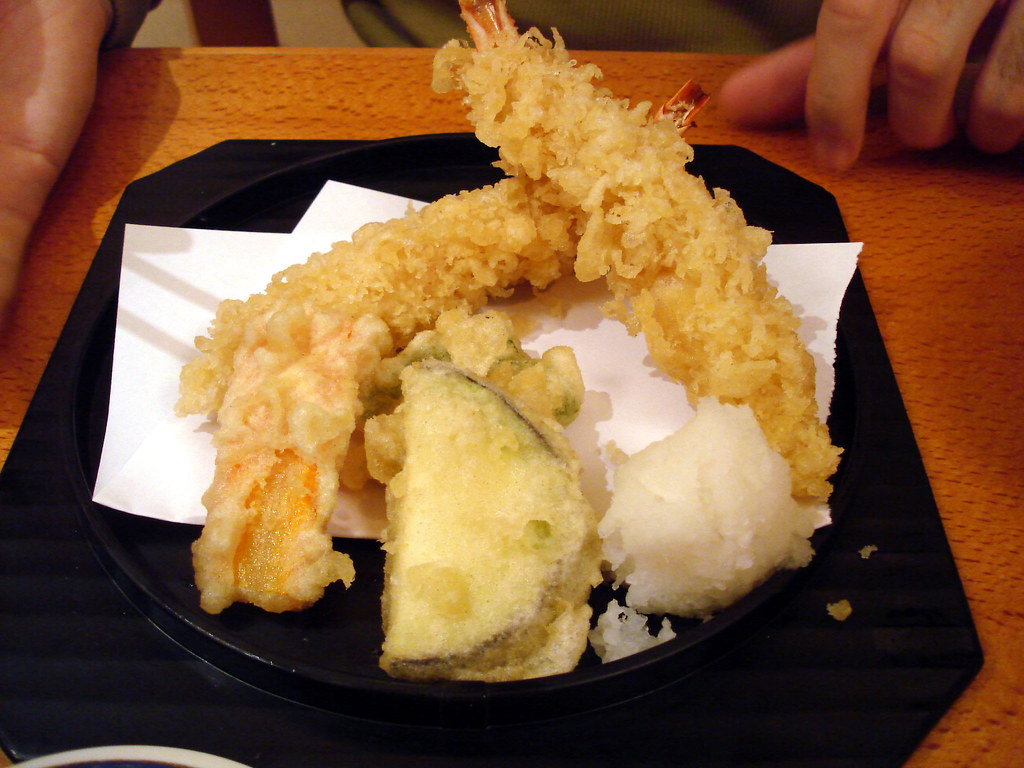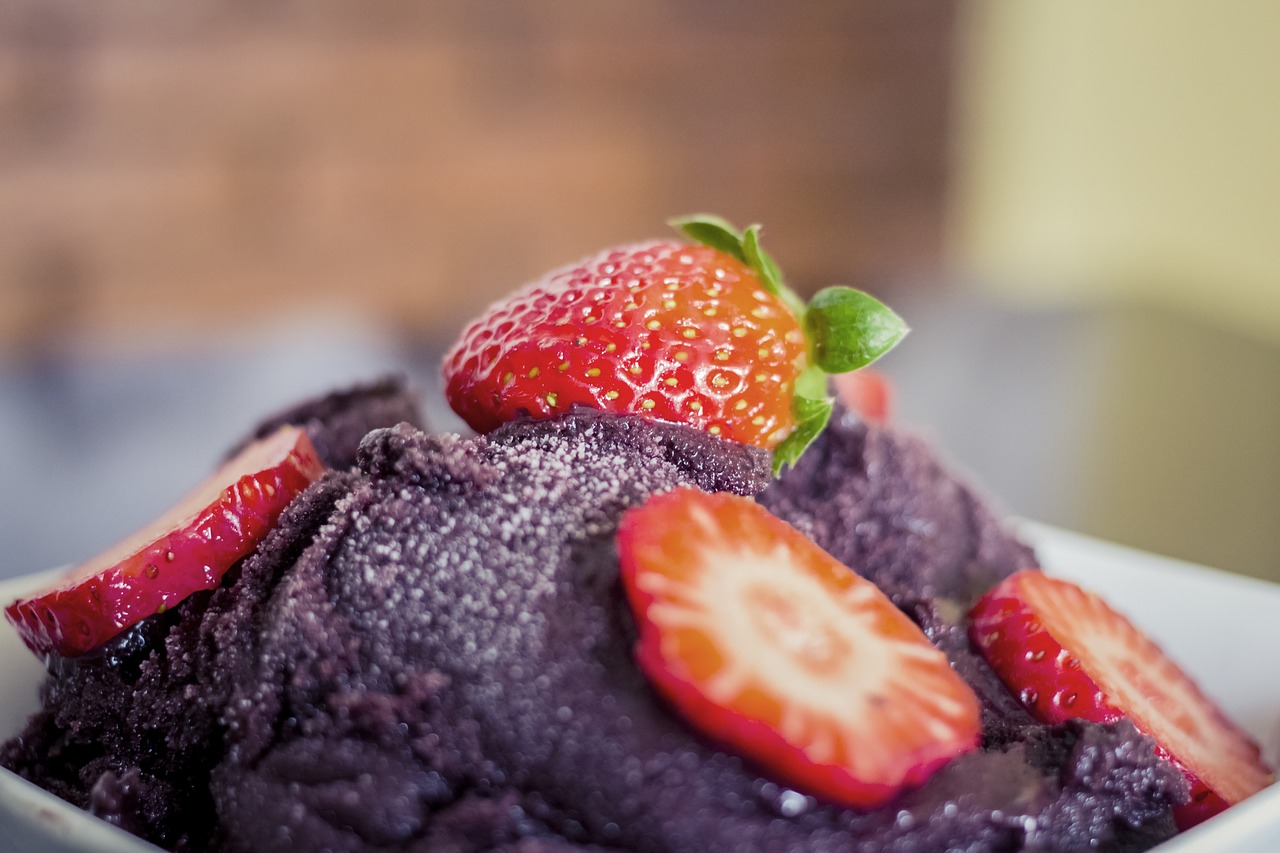
Introduction:
Welcome to a taste of Greece with the delicious Greek Fasolada Recipe. This hearty bean soup is a staple in Greek households, known for its rich flavors and simplicity. Join me as we dive into the origins of this recipe and uncover the secrets to making the perfect bowl of Fasolada.
Origin and History Of This Recipe:
The Greek Fasolada Recipe has a long history dating back to ancient Greece. It is believed to have originated from the island of Crete, where it was a popular dish among farmers and laborers. Traditionally, Fasolada is made with white beans, tomatoes, onions, and a variety of herbs and spices. Over time, the recipe has evolved to include different variations and regional twists, but the heart of Fasolada remains the same.
Things To Expect In This Post Article:
In this post, we will explore the rich history and origins of the Greek Fasolada Recipe, provide a detailed list of ingredients, step-by-step preparation instructions, cooking time and servings, nutritional information, and tips for making the perfect bowl of Fasolada. Additionally, we will discuss health conditions and people who should avoid this dish, as well as the benefits and disadvantages of its key nutrients.
Ingredients List:
- 1 cup dried white beans
- 1 onion, diced
- 2 garlic cloves, minced
- 2 carrots, diced
- 2 celery stalks, diced
- 1 can diced tomatoes
- 4 cups vegetable broth
- 1 bay leaf
- 1 teaspoon dried oregano
- Salt and pepper to taste
- Olive oil for cooking
Preparation Steps:
- Soak the dried white beans in water overnight.
- In a large pot, heat olive oil and sauté onions, garlic, carrots, and celery until softened.
- Add the soaked white beans, diced tomatoes, vegetable broth, bay leaf, oregano, salt, and pepper to the pot.
- Bring the mixture to a boil, then reduce heat and simmer for about 1-2 hours until the beans are tender.
- Serve hot with a drizzle of olive oil and a sprinkle of fresh herbs.
Cooking Time & Servings:
Cooking time: 1-2 hours
Servings: 4-6
Personal Touch:
Growing up in a Greek household, Fasolada was a comforting and hearty meal that we enjoyed on cold winter nights. The aroma of the beans simmering with tomatoes and herbs filled our home with warmth and anticipation. I hope this recipe brings you the same joy and satisfaction it has brought me over the years.
Nutritional Information:
Per serving:
Calories: 250
Protein: 10g
Fat: 5g
Carbohydrates: 40g
Fiber: 10g
Health Conditions And People To Avoid This:
People with G6PD deficiency, a rare genetic disorder, should avoid consuming white beans as they can trigger a hemolytic crisis. Additionally, individuals with irritable bowel syndrome (IBS) may experience digestive discomfort from consuming beans.
Nutrition and Benefits To The Body:
White beans are a good source of plant-based protein, fiber, and antioxidants. They can help support digestive health, reduce cholesterol levels, and stabilize blood sugar levels. Oregano is rich in vitamins and minerals that can boost immunity and fight inflammation.
Disadvantages:
Excess consumption of white beans can lead to bloating, gas, and digestive discomfort due to their high fiber content. Eating moderately is perfectly fine, but acquiring an excess of this nutrient is harmful.
Tips and Tricks:
- For a creamier texture, mash some of the beans with a fork before serving.
- Add a splash of lemon juice for a tangy twist.
- Garnish with fresh parsley or feta cheese for extra flavor.
Equipment Needed:
- Large pot
- Cutting board
- Knife
- Wooden spoon
- Measuring cups and spoons
Variations or Substitutions:
- Use cannellini beans or navy beans instead of white beans.
- Add spinach or kale for an extra boost of nutrients.
- Try adding a splash of red wine vinegar for a tangy kick.
Serving Suggestions:
Enjoy a bowl of Fasolada with a side of crusty bread or a Greek salad for a complete meal. You can also top it with a dollop of Greek yogurt or crumbled feta cheese for added richness.
Storage and Reheating Instructions:
Store leftover Fasolada in an airtight container in the refrigerator for up to 3 days. Reheat in a pot on the stove over low heat until warmed through, stirring occasionally.
Conclusion:
I hope you enjoy making and savoring the delicious Greek Fasolada Recipe. Don’t hesitate to experiment with different ingredients and make this recipe your own. Share your creations with us on social media and spread the joy of Greek cuisine with your friends and family.
Frequently Asked Questions (FAQs):
Q: Can I use canned beans instead of dried beans?
A: Yes, you can use canned beans for a quicker version of Fasolada. Just rinse and drain them before adding to the pot.
Q: Can I freeze Fasolada?
A: Yes, you can freeze Fasolada for up to 3 months. Thaw in the refrigerator overnight before reheating.
Q: Can I add meat to Fasolada?
A: Traditional Fasolada is a vegetarian dish, but you can add cooked sausage or bacon for a meaty twist.
Q: Is Fasolada gluten-free?
A: Yes, Fasolada is naturally gluten-free as long as you use gluten-free vegetable broth.
Q: Can I use a pressure cooker to make Fasolada?
A: Yes, you can use a pressure cooker to cook the beans faster. Follow the manufacturer’s instructions for cooking times.



















